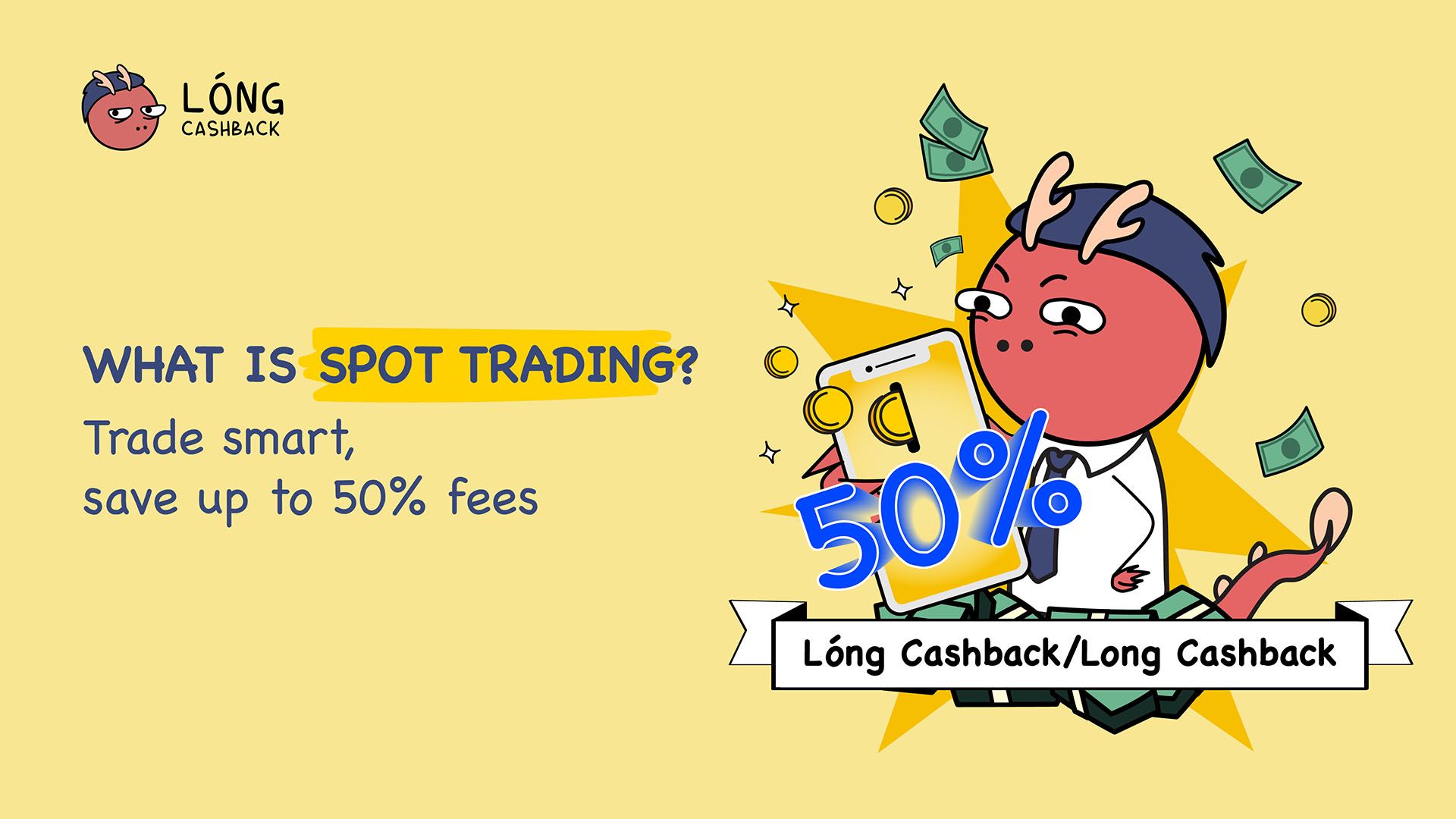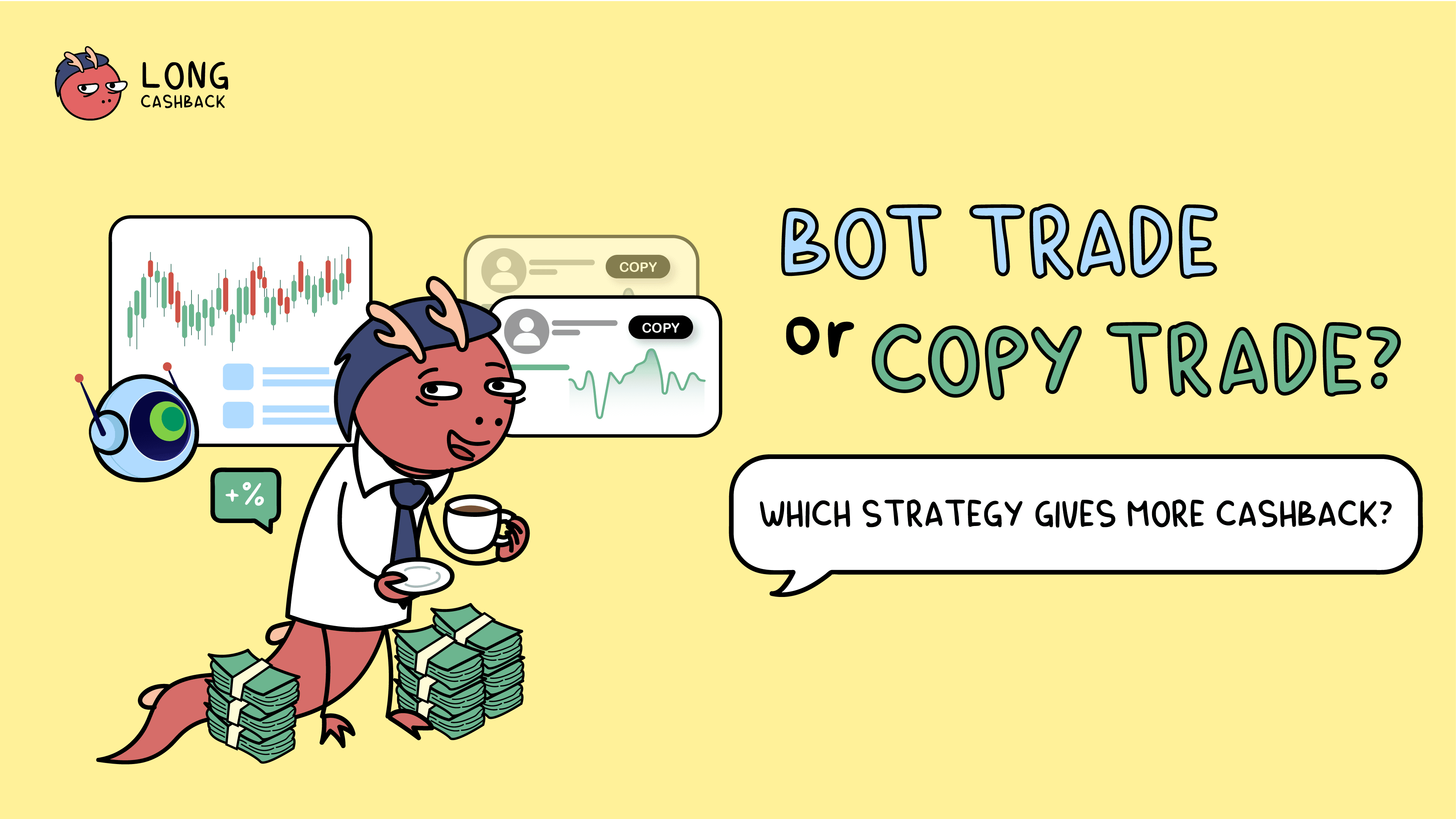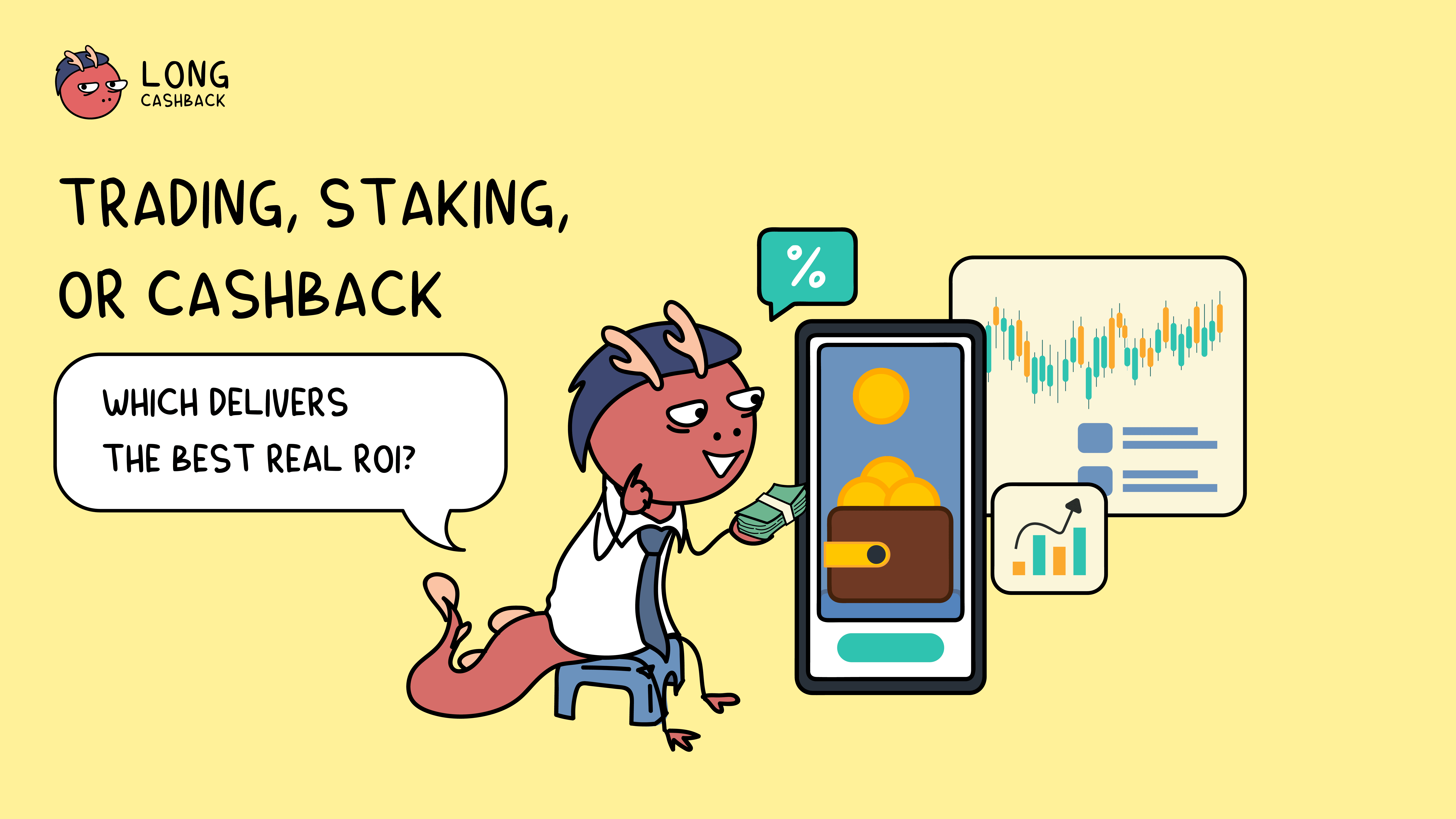September 9, 2025

In the fast-paced world of digital assets, understanding and selecting the right trading method is a crucial step in optimizing returns and managing risk. Among the most popular and beginner-friendly options is Spot Trading. Whether you are completely new to crypto or already have some experience, mastering how spot trading works will give you better control over your portfolio.
Spot Trading, also known as trading on the spot market, refers to buying and selling digital assets at the current market price (called the spot price). When you buy a coin on the spot market, you immediately receive it in your wallet and gain full ownership.
Unlike derivatives such as Futures or Options, spot trading does not involve leverage or contracts. You simply buy or sell an asset, and the transfer occurs instantly once the order is executed.
This makes spot trading one of the most transparent and widely used methods, especially for beginners on major exchanges like Binance, OKX, or Nami.
Spot trading appeals to investors who want to truly own their crypto assets rather than speculate on price movements. It offers several clear advantages, but also comes with limitations.
The biggest advantage is simplicity and transparency. There’s no need to understand complex concepts like funding rates, liquidation, or margin calls. When you place a buy order, you pay the full value of the asset and it is transferred directly to your spot wallet. This makes it ideal for long-term investment strategies (HODL).
Another key benefit is the lower risk profile. Since no leverage is used, you don’t face the risk of forced liquidation like in futures or margin trading.
On the downside, spot trading only generates profits if the asset’s price increases after your purchase. In sideways markets, spot traders may have limited opportunities. And because crypto markets are highly volatile, buying at the wrong time (for example, near the top) can lead to losses if not managed carefully.
The main difference between spot and futures lies in asset ownership. In spot trading, you actually own the coins. With futures, you are only entering a contract that speculates on price direction.
Margin trading allows you to borrow capital to trade larger positions than your account balance. While this can amplify profits, it also magnifies risks, and in volatile markets, it can quickly lead to a margin call or liquidation.
By contrast, spot trading avoids these complexities, making it a safer and more accessible option for retail traders who value ownership and straightforward execution.
Starting with spot trading is simple. The process usually involves four steps:
Once executed, assets appear in your spot wallet, where you can hold, withdraw, or use them for other products like staking, DeFi, or NFTs.
One often-overlooked factor for beginners is trading fees. Depending on the exchange, spot fees range between 0.1%–0.2% per order. For active traders, this can add up significantly over time.
Example:
That’s a meaningful cost that directly impacts your net profit.
This is where cashback programs like Long Cashback become a powerful tool. Without needing to hold exchange tokens or reach VIP tiers, users can earn up to 50% fee rebate on spot trading across top exchanges such as Binance, OKX, Bybit, Nami, MEXC. Rebates are credited in USDT and displayed transparently in your account.
Cashback is not just a way to save money—it’s a strategy to optimize every trade, especially useful for high-frequency traders (scalping, swing trading) or in periods of low market volatility. Simply register an exchange account through Lóng Cashback’s referral link, and the system will automatically track and rebate your trading fees on a daily or monthly basis (depending on the exchange).
Spot trading is the perfect entry point for anyone stepping into crypto. Its transparency, real asset ownership, and simple execution make it a foundational trading method for every portfolio.
But trading effectively is not only about choosing the right market—it’s also about managing costs. By combining spot trading with fee rebate programs like Long Cashback, traders can significantly reduce costs and maximize net profits. For beginners and experienced traders alike, this synergy can be the key to trading smarter, safer, and more sustainably in the crypto market.

Compare the advantages and disadvantages of “bot trading” and “copy trading” for earning rebates when trading digital assets, helping investors choose the most profitable approach.
long cashback crypto cashback bot trading copy trade
Tham gia ngay, săn Airdrop – trúng thưởng tới tấp cùng Bybit
BYBIT cashbackcrypto futurestrading
In the crypto market, trading, staking, and cashback are three common ways to earn from digital assets. This article compares their real ROI, highlights when cashback can outperform the others, and explains how traders can optimize their net returns.
ROI cashbackcrypto staking tradingfutures